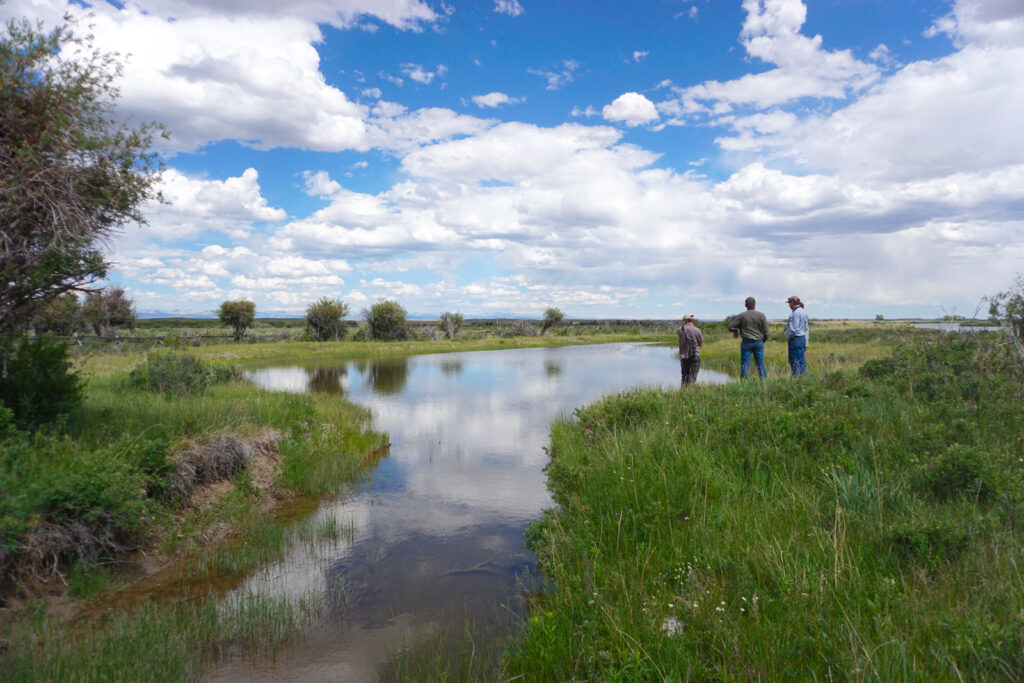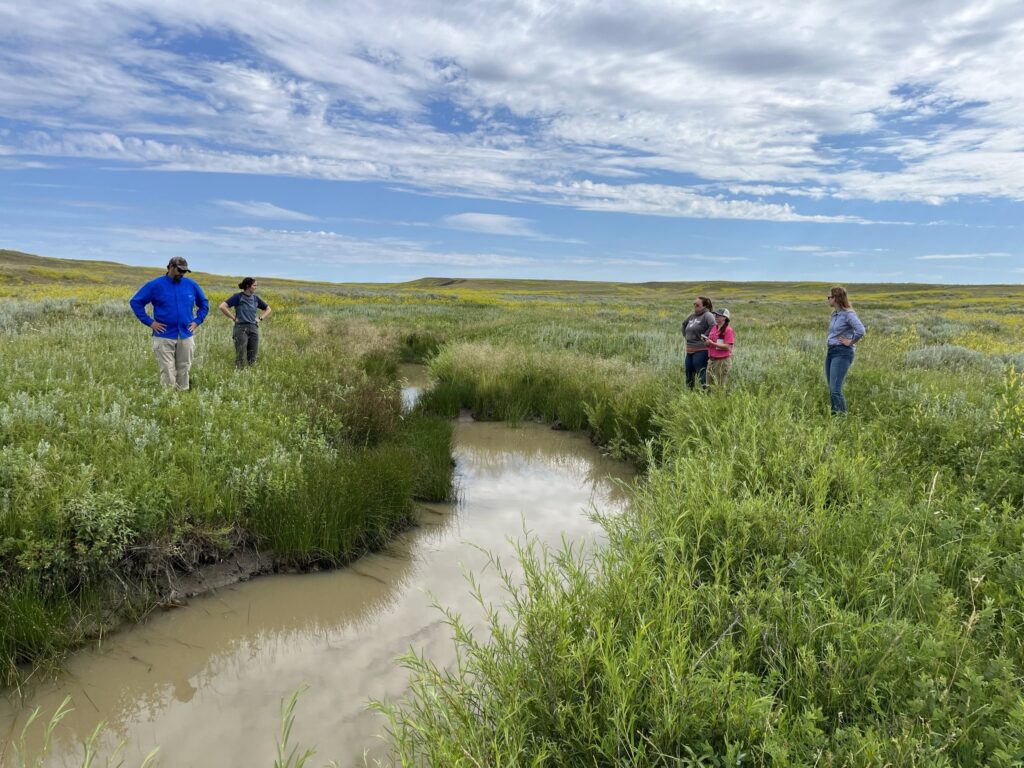By Elizabeth Friedl, ACEP-ALE Easement Specialist, California Easement Team, USDA-NRCS
Elizabeth Friedl, a field-based capacity position supported by the IWJV, plays a unique role in the conservation of farm and ranch lands in California. Her work bridges gaps between the Natural Resource Conservation Service (NRCS), land trusts, and private landowners to build connections and streamline the implementation of the NRCS Agricultural Conservation Easement Program – Agricultural Land Easements(ACEP-ALE). Check out her contribution to the Field Notes series about what she thinks we can all learn from working dogs to apply to our work in conservation.
California is home to all sorts of unique people, politics, histories, natural resources, and landscapes. From coastal communities to the Sierra Nevada mountains, from remote rural towns to celebrity mansions, California has something to offer everyone. For all its variety, one consistent feature you’ll find across the state is working lands. Both agriculture and ranching are major components of California’s identity, culture, and economy.
In my role, I represent both the Intermountain West Joint Venture (IWJV) and California Natural Resources Conservation Service (NRCS) to support partner engagement throughout California with the Agricultural Land Easement (ALE) section of the Agricultural Conservation Easement Program (ACEP). Through partnership building, I have had the joy of meeting landowners across the state and supporting land trusts in preserving these working lands and livelihoods. Through identifying bottlenecks, supporting networks of practitioners, and providing tailored assistance for applicants, I get to support a community of people working towards the common goal of conserving agricultural lands and the open spaces they provide for generations to come.
This involves navigating a complex spectrum of conservation goals, agricultural production practices, and implementation requirements that inform the projects and programs I work on. Yet there is a consistent and welcome feature that brings a smile to everyone’s face: the working dogs of these working lands. No matter the size of the farm or ranch, the number of cow/calf pairs run each year, or the location of the land, working dogs provide reliable support and companionship that are critical to a productive working property. They are so ubiquitous in fact that you might take their presence for granted. But on each field visit, I am greeted and accompanied by wagging tails and muddy paws.
Here are three lessons that I think those of us dedicated to preserving working lands can learn from working dogs:
1. Approach Your Work with a Can-Do Attitude
Working dogs operate outside during all kinds of weather, around large and sometimes unpredictable animals, and in close support of their human counterparts, doing so with a wagging tail. Once they complete a task, they ask “what’s next?” and are always ready for the next set of instructions. When working dogs hit an obstacle, they don’t throw their hands up in frustration, they find a way around it, looking to their team for support and ideas. Imagine what we can accomplish by approaching our own partner meetings and projects with this same mindset and enthusiasm around learning, collaboration, and achieving goals!
2. Working Dogs Can’t Succeed by Working Alone and Neither Can People
Working dogs make great companions and partners because they understand the importance of working as a team with other dogs and humans. In fact, a working dog that acts alone won’t be very successful because it won’t be able to handle a group of livestock or follow the plan. Working dogs that are successful not only monitor the herd they are working with, but also their teammates and leaders to anticipate and adapt to changes in the plan, pick up slack, and refocus as necessary. Similarly, being flexible and adaptive with our partners, working collaboratively, and lifting each other up will support our success in reaching common goals more than working rigidly and in silos.
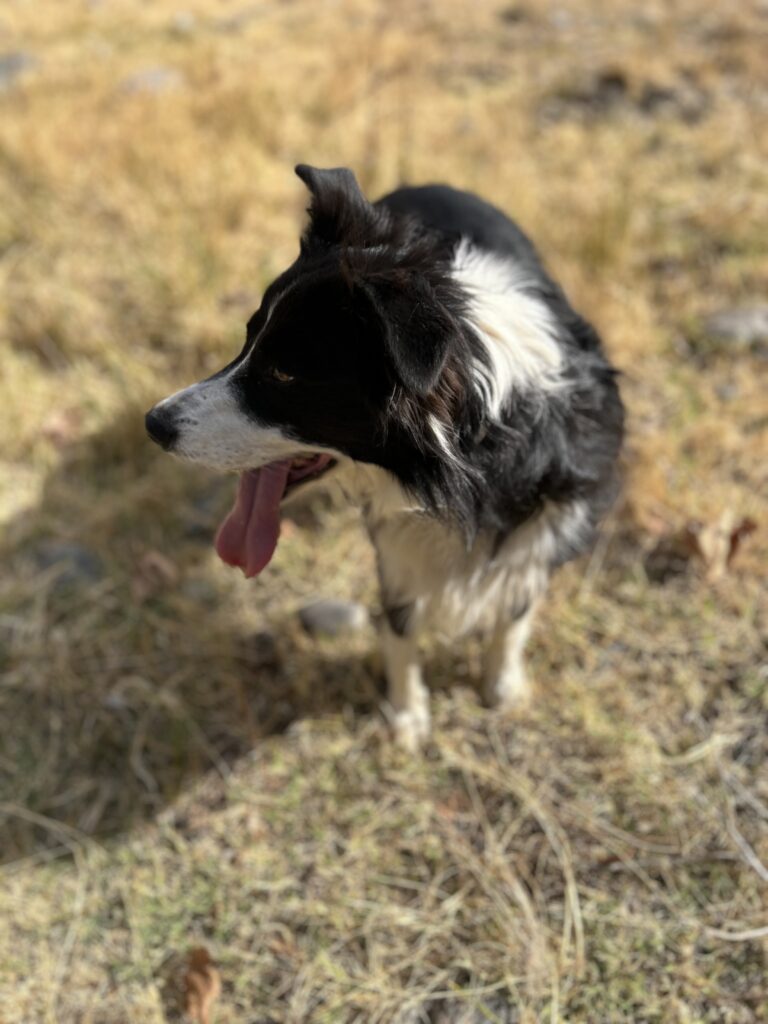

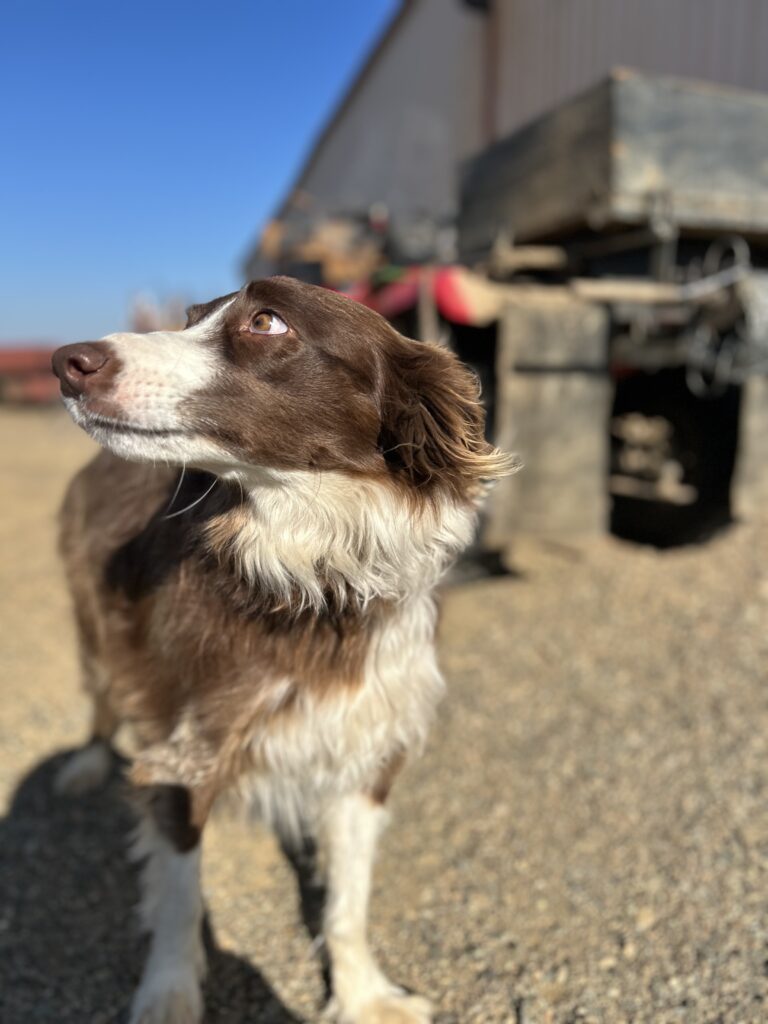
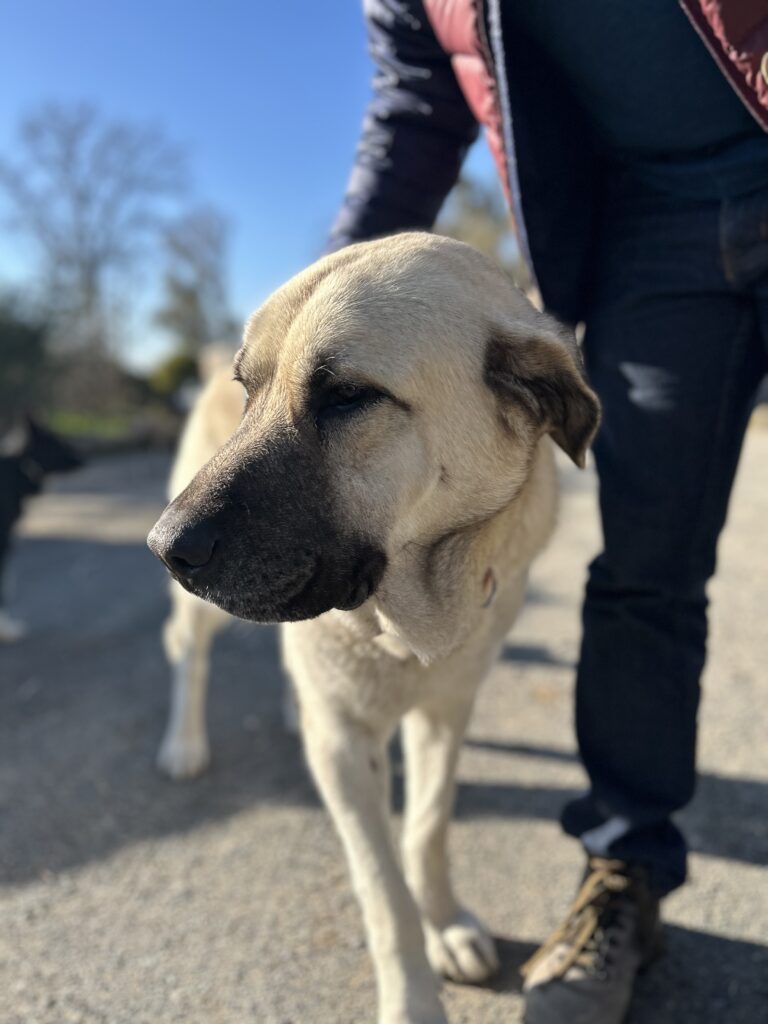
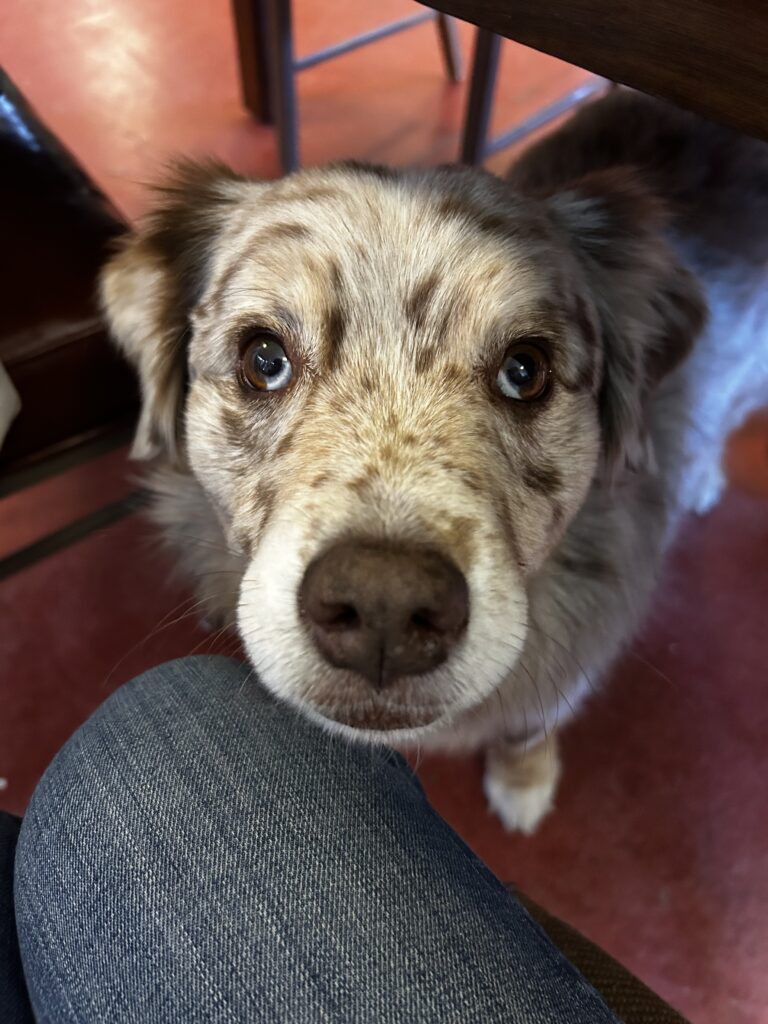

3. Working Dogs All Have Different Strengths and Skills, Just Like Our Conservation Colleagues
Working dogs are bred for specific skill sets and traits. Some excel at guarding the property, others have stellar management techniques, and others still lead the way with their ability to focus despite multiple competing distractions. Even within these skill sets, individuals have varying strengths and abilities and it’s these differences that allow them to be successful as a fluid and dynamic team. Similarly, conservation work draws specific types of people to the field who have common interests, passions, and experiences. But it’s our different skills that allow us to thrive and grow: some of us are strong managers, some of us lead the way through creativity and thinking outside the box, and some of us help keep groups focused and on target. Successful teams are built on differences. We work most effectively and efficiently together by providing space for our uniqueness and lifting up each other’s strengths.
I’m writing this soon after losing my own working dog and it provides me with important reflections of the role these types of dogs have in our lives. From my time with her I learned skills that not only support relationship building with four-legged creatures but two-legged ones as well. I recognize these same bonds and partnerships on the farms, ranches, and in the offices of the people who work the land throughout this incredible state. Working dogs are as much a part of California as the cattle and crops and they ground us in the work we do every day to protect these important lands. We can learn so much from them and in doing so better support our teams, partners, and producers throughout California to achieve common conservation goals and protect working landscapes long into the future.

